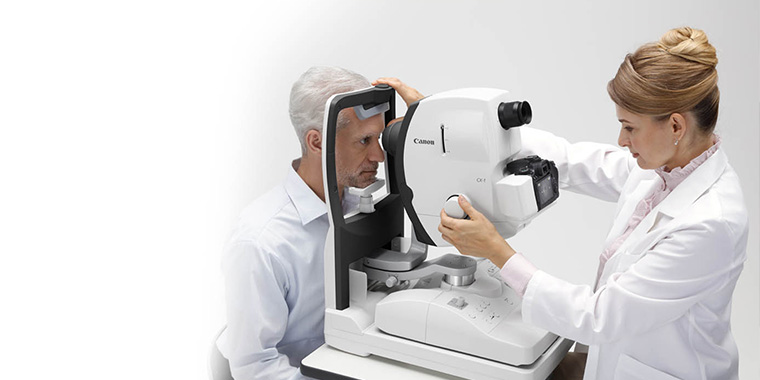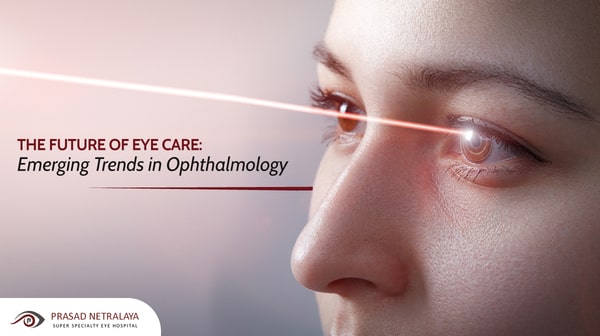Top Cardiologist in Andalusia: Locate Specialist Clinics Near You
Top Cardiologist in Andalusia: Locate Specialist Clinics Near You
Blog Article
The Advantages And Disadvantages of Different Refractive Surgeries for Improved Eyecare

LASIK Surgical Treatment
LASIK surgery is a generally done refractive treatment that aims to correct vision problems such as astigmatism, farsightedness, and nearsightedness. This surgical strategy has obtained popularity as a result of its effectiveness in giving patients with clearer vision and decreasing their dependence on glasses or contact lenses. During the procedure, a thin flap is developed on the cornea, and a laser is made use of to improve the underlying tissue, remedying the refractive error. The flap is then repositioned, enabling quick healing and minimal discomfort for the client.
One of the primary advantages of LASIK surgical procedure is the quick enhancement in vision experienced by lots of clients. Most people see a significant enhancement in their sight soon after the procedure, with very little downtime needed for healing. In addition, LASIK is recognized for its high success rate and low occurrence of complications when performed by competent cosmetic surgeons. Like any type of medical procedure, LASIK also brings some threats, consisting of dry eyes, glare, halos, and under or overcorrection of vision. It is important for individuals thinking about LASIK surgery to go through an extensive evaluation by an eye care expert to establish if they appropriate prospects for the treatment.
PRK Procedure
The PRK procedure, additionally called Photorefractive Keratectomy, is a sort of refractive surgery that aims to fix vision issues similar to LASIK surgical treatment. Unlike LASIK, which entails creating a flap in the cornea, PRK services the surface area layer of the cornea. During the PRK procedure, the outer layer of the cornea, called the epithelium, is gotten rid of to permit improving of the underlying corneal tissue with an excimer laser. This improving helps to remedy refractive mistakes such as farsightedness, nearsightedness, and astigmatism.
One of the benefits of PRK over LASIK is that it eliminates the danger of flap-related issues given that no flap is created during the surgical procedure. This can be useful for people with thin corneas or those included in get in touch with sporting activities where eye injury is a possibility. Nevertheless, the healing time for PRK is typically longer contrasted to LASIK, as the external layer of the cornea requires time to regenerate after the procedure. In spite of the longer healing period, PRK can be an ideal option for individuals seeking vision modification surgery.
SMILE Surgical Treatment
An advanced refractive surgery method acquiring appeal in the field of ophthalmology is SMILE Surgery. Tiny Cut Lenticule Extraction (SMILE) is a minimally intrusive procedure that deals with vision by improving the cornea making use of a femtosecond laser. Unlike traditional LASIK surgical procedure, SMILE Surgery involves creating a little incision in the cornea to remove a lenticule, which results in much less interruption to the corneal structure and possibly faster recovery times.
Among the primary advantages of SMILE Surgery is its ability to deal with nearsightedness (nearsightedness) and astigmatism with high accuracy, causing outstanding aesthetic outcomes for people. The minimally invasive nature of the treatment also lowers the danger of issues such as completely dry eye disorder, making it a desirable choice for people seeking refractive surgical treatment.

LASEK Technique
Having checked out the benefits and considerations of SMILE Surgical procedure, one more noteworthy refractive surgical treatment technique worth taking a look at is the LASEK Strategy. LASEK, which means Laser-Assisted Subepithelial Keratectomy, is a form of laser eye surgical procedure that intends to remedy refractive errors such as myopia (nearsightedness), hyperopia (farsightedness), and astigmatism.
Unlike LASIK, LASEK does not involve producing a corneal flap. Instead, during a LASEK treatment, the surgeon uses great site a diluted alcohol service to loosen up the thin outer layer of the cornea, referred to as the epithelium. This layer is then gently relocated apart to enable the laser to reshape the underlying corneal tissue. When the cornea has actually been improved to the desired degree, the epithelial layer is repositioned.
One of the main benefits of LASEK is that it can be ideal for individuals with thin corneas that may not be good candidates for LASIK. Additionally, LASEK normally results in minimal post-operative discomfort and a quicker healing time contrasted to PRK. However, the aesthetic healing procedure with LASEK may be somewhat longer than with LASIK.
Implantable Get In Touch With Lenses
Implantable Contact Lenses offer a long-lasting vision correction option for people looking for a choice to conventional call lenses or glasses. These lenses, additionally recognized as phakic intraocular lenses, are surgically placed into the eye to fix refractive mistakes such as nearsightedness (nearsightedness), hyperopia (farsightedness), and astigmatism. cardiologist andalusia. Unlike standard get in touch with lenses that rest on the surface of the eye, implantable call lenses work within the eye itself, giving clear vision without the demand for everyday maintenance or elimination
Among the key benefits of implantable get in touch with lenses is their durability. As soon as put, they can stay in the eye forever, using regular and stable vision improvement. Additionally, these lenses can be an excellent alternative for people who are bad prospects for laser eye surgical treatment or that like a reversible vision adjustment treatment.
Nonetheless, implantable get in touch with lenses do lug some threats, consisting of the capacity for cataracts or boosted eye stress. It is essential for individuals considering this choice to seek advice from an eye treatment expert to establish if implantable contact lenses are the appropriate selection for their details requirements and eye health.
Conclusion
In final thought, each kind of refractive surgical treatment has its own advantages and disadvantages. LASIK surgery is prominent for its fast recuperation time, while PRK treatment might be appropriate for individuals with thin corneas. SMILE surgical procedure offers minimal discomfort additional hints throughout the treatment, however LASEK method may have a longer healing process. Implantable contact lenses offer a choice for those that are not suitable candidates for conventional surgeries. People should speak with their eye treatment copyright to figure out the very best alternative for their individual needs.

Generally, SMILE Surgery provides an encouraging option for people looking to boost their vision with refractive surgery.
Report this page